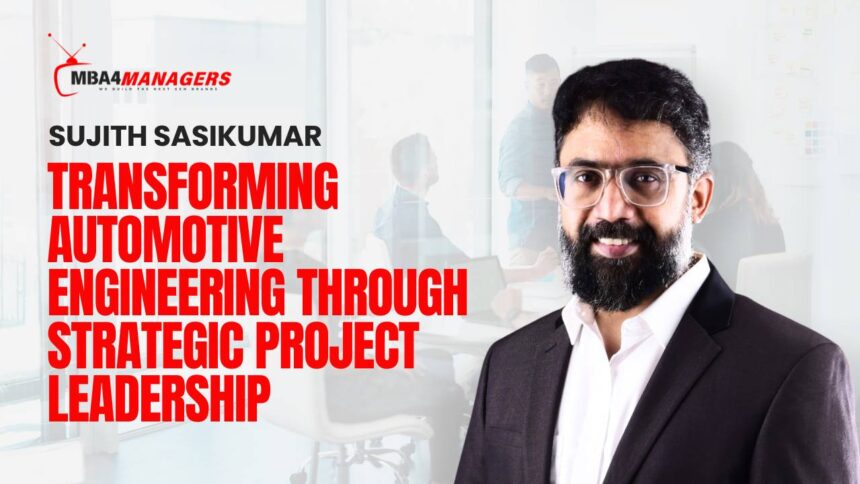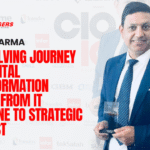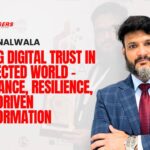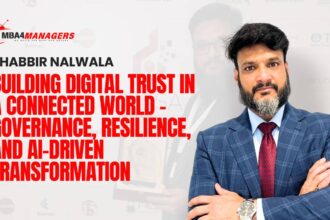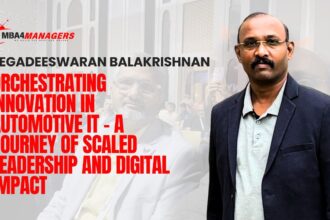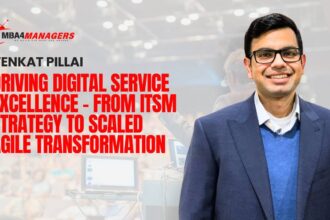Starting Point: Engineering Roots and Structured Discipline
My journey began with hands-on involvement in aircraft systems development. Early roles in defense and aerospace laid the foundation — from component design for ALH helicopters and Wing structural design for Boeing, to aircraft systems design and integration for India’s indigenous Light Combat Aircraft-Tejas. These formative years taught me design principles, process rigor, and the importance of exactitude in engineering design.
Transitioning into the automotive sector, I led multi-domain initiatives with Volvo, UD Trucks and Mercedes-Benz, affiliated programs, navigating challenges in component & systems design, vehicle packaging, reverse engineering, and NC programming. Each project sharpened my understanding of engineering ecosystems and project dynamics — setting the stage for larger-scale leadership.
Pivotal Shift: From Project Execution to Portfolio Stewardship
The inflection point in my journey emerged when I moved from leading large-scale product development projects to directing portfolios and engineering teams at scale. At UD Trucks Technology, I was entrusted with the responsibility of managing the entire portfolio and resource strategy for the Vehicle Engineering Division.
This phase demanded a shift — from tactical planning to strategic synchronization. I led multi-domain teams of vehicle analysts, architects, product data management experts, requirements managers and project managers, driving alignment between business priorities, innovation goals, and project execution. Leading project reviews, cost optimization, and agile transformation became central to ensuring organizational agility and delivery excellence.
Engineering Agility: Merging Process Reengineering with Innovation
A key realization through my leadership tenure has been the value of adaptive processes. Whether it was co-designing the PTM (Project Time Management) tool for the Volvo Group or involving in all the process improvement initiatives towards lead time reduction, Agile methodologies, product cost management, and quality tools, the goal was consistent: empower teams to respond to change with confidence.
Innovation thrives on structured freedom — and enabling design reviews, automating workflows, and embedding change management practices helped establish a culture of continuous improvement.
People-Centric Impact: Building High-Performance, Agile Teams
Leadership, for me, is deeply personal. Building high-performing, cross-disciplinary teams requires more than technical direction — it requires empathy, empowerment, and engagement. From managing major projects to celebrating product launches, I’ve always believed that engineering excellence is a collective outcome.
By encouraging curiosity, mentoring through complex challenges, and embedding process knowledge, I’ve fostered teams that thrive in uncertainty and deliver under pressure.
Vision Forward: Engineering Leadership for a Transforming World
The future of mobility and engineering is being redefined by carbon-neutrality, autonomous, connected and sustainable innovation. In this landscape, project leaders must become enablers — orchestrating people, platforms, and performance.
As I continue my research at the doctoral level, my focus remains on integrating business strategy, process intelligence, and engineering design to drive next-generation transformation.
Conclusion: Leading with Vision, Structuring with Purpose
True engineering leadership isn’t about fixing problems — it’s about foreseeing challenges, mobilizing people, and building systems that endure. My journey from designing aircraft components to steering global vehicle programs has reaffirmed that progress is a function of clarity, collaboration, and continuous learning.


